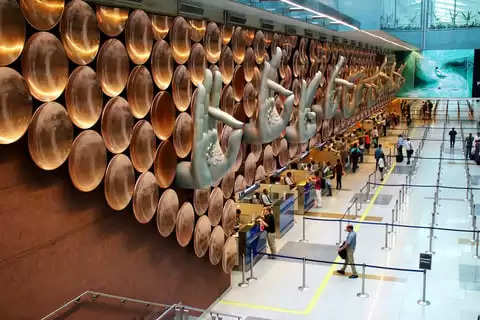In a dramatic scene today at T2 Delhi Airport, a gentleman in his late 60s suffered a sudden heart attack in the bustling food court area. Thanks to the swift action of a lady doctor present at the scene, the man was successfully revived within just 5 minutes, highlighting the critical importance of immediate medical response in such emergencies.
Today at T2 Delhi Airport, a gentleman in his late 60s had a heart attack in the food court area.
— The mood doctor (@Chulbulpanda420) July 17, 2024
This lady Doctor revived him in 5 mins.
Super proud of Indian doctors.
pic.twitter.com/dcT53SbghH
Pre-Symptoms of a Heart Attack:
Heart attacks can manifest with various warning signs, including:
- Chest discomfort: Feeling of pressure, tightness, or pain in the chest that may come and go.
- Shortness of breath: Difficulty breathing or catching breath even with minimal exertion.
- Pain or discomfort in other areas: Discomfort in the arms, back, neck, jaw, or stomach.
- Cold sweat, nausea, or lightheadedness: Feeling unusually sweaty, dizzy, or nauseous without apparent cause.
What to Do in a Heart Attack Situation:
- Call Emergency Services: Dial local emergency services (such as 911 in many countries) immediately.
- Administer CPR if Trained: If the person is unresponsive and not breathing normally, start CPR (cardiopulmonary resuscitation) if you are trained in it.
- Use an AED (Automated External Defibrillator): If available, use an AED as soon as possible, following its instructions.
- Stay Calm and Reassure: Keep the person calm and reassure them until medical professionals arrive.
The incident at Delhi Airport underscores the crucial role of quick-thinking and skilled medical intervention in saving lives during emergencies. The unidentified lady doctor’s prompt response and effective revival of the gentleman exemplify the dedication and capability of healthcare professionals in India.
As we celebrate this successful rescue, it serves as a reminder for everyone to be aware of heart attack symptoms and prepared to act swiftly in critical situations. The timely actions of both bystanders and medical professionals can truly make a life-saving difference.

